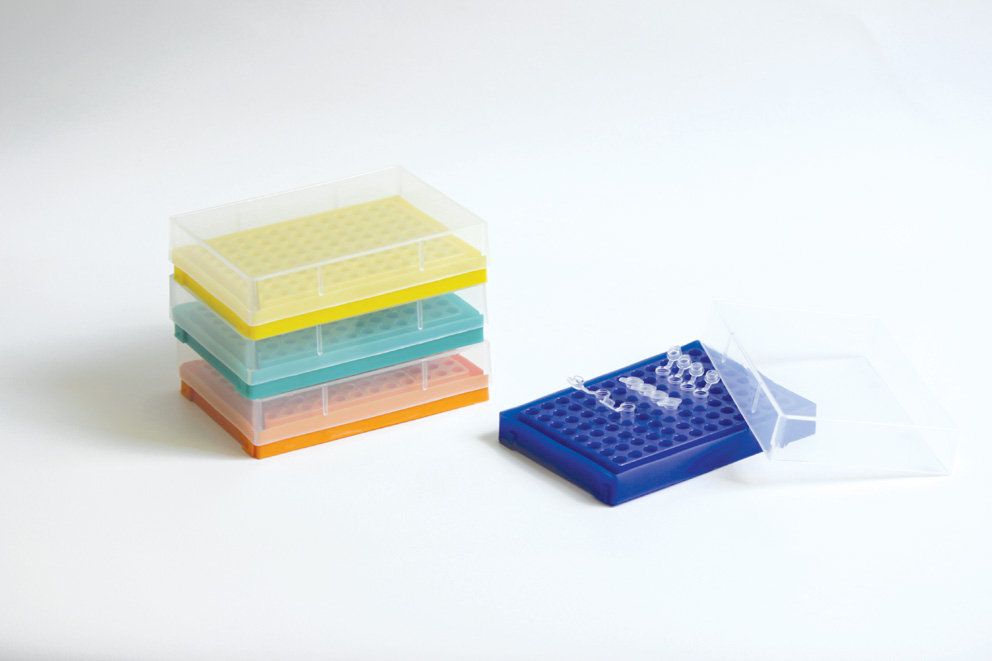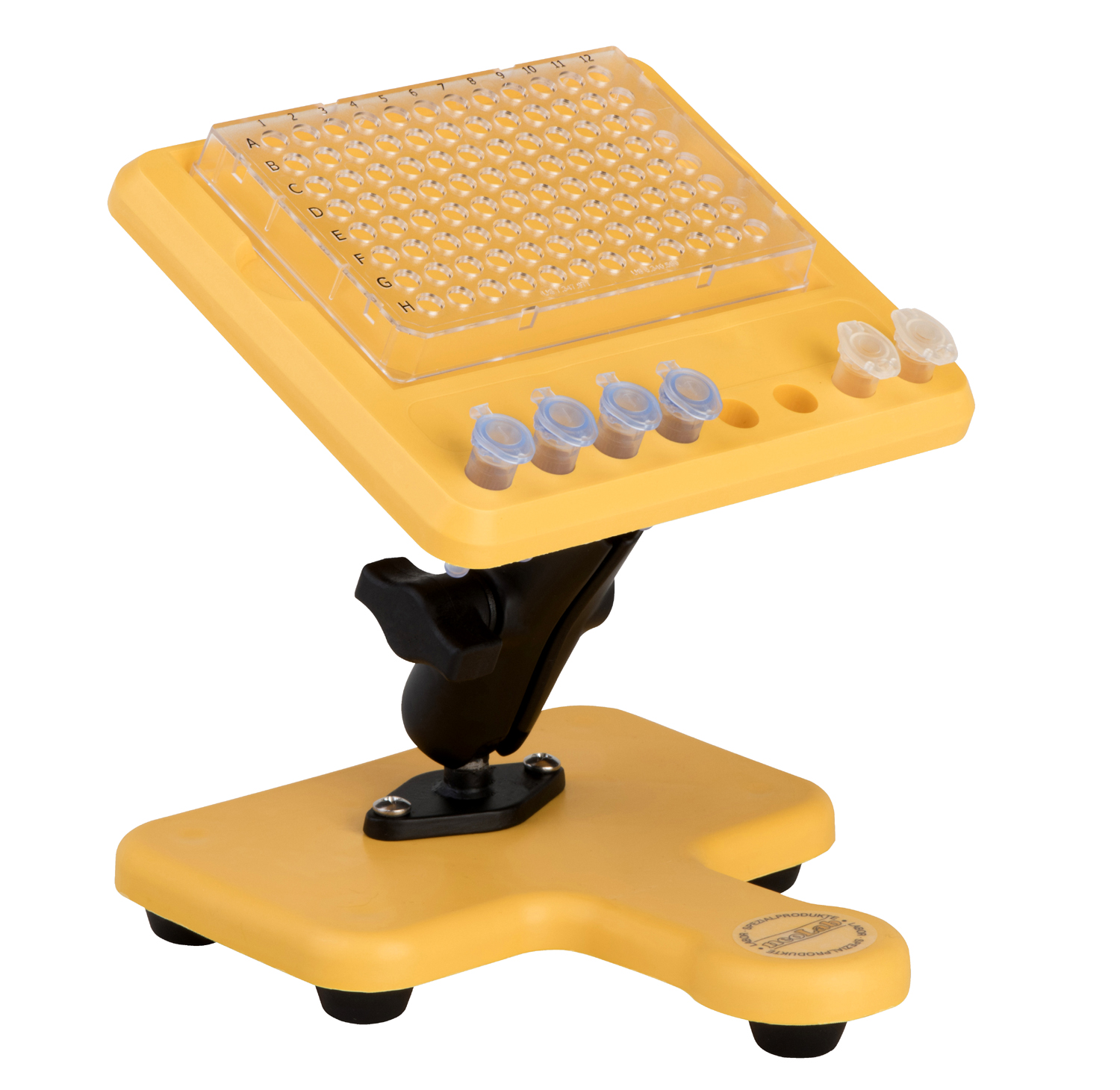

This means that if the virus is found at or before 38 cycles are completed, then the test is considered positive. The cutoff point for a positive result for PHO’s developed lab test is 38 cycles. Additionally, laboratories across the province involved in COVID-19 testing use different testing kits.Īt PHO, we have developed a PCR test in our lab, with positive and negative cutoff points. It is important to note that different brands who make the PCR tests may have different cutoff values based on how sensitive the test is and how the test is designed. Each PCR test has cutoff points (the number of cycles it runs), which tells the machine to stop running the test. PCR tests tell you if the virus is detected (positive) or not (negative). How do you know when a COVID-19 test is positive? If the piece of DNA cannot be copied, there is no virus in the sample, or there is such a low amount that even this very sensitive test cannot detect it. As more cycles are run, more copies of the DNA are made -doubling every time it is copied -and making it easier to find. This process is called amplification and is extremely important in finding even the smallest amounts of DNA. The PCR machine then makes millions of copies of the DNA by running multiple “cycles” (like a washing machine). This is because DNA is a lot more stable than RNA.

Since coronaviruses don’t have DNA, the first step of PCR testing is converting the virus’s RNA into DNA in a process called reverse transcription. How does PCR actually detect COVID-19?Īs we mentioned earlier, the PCR tests are designed to look for the virus’ genetic material. Now that you have a bit of background information, let’s get into some of the most common questions people ask about PCR testing. However, other sample types exist including combinations of a nose and throat swab and also saliva samples. The gold standard for sample collection method is the nasopharyngeal swab, a swab inserted deep into a person’s nose. The test requires a sample from a person, which is collected by a health care provider. The World Health Organization recommends Nucleic Acid Amplification Testing (which includes PCR testing) as the preferred testing method for COVID-19 and tells us if someone is infected with the virus. PCR testing (also known as polymerase chain reaction testing) was developed over 35 years ago and is one of the most widely used lab tests for finding viruses (and other pathogens like bacteria, fungi and parasites) that cause diseases such as Ebola, SARS and now COVID-19 (SARS-CoV-2). So, why do we need to know this? Well, the COVID-19 lab test is actually looking for the genetic material of the virus (we’ll get to that soon).
#Pcr test stand for code
The genetic code for SARS-CoV-2 (which we will refer to from now on as the virus) is coded in RNA Viruses are different as most viruses either have DNA or RNA (not both). The genetic blueprint in humans is coded in DNA. They carry the specific blue print or building blocks for how living things are made and developed (the genetic code). Let’s go back to science class - remember all those lessons on DNA (deoxyribonucleic acid) and RNA (ribonucleic acid)? DNA and RNA are genetic material found in living things, including humans, animals, plants – and even viruses. SARS-COV-2: is the name of the specific coronavirus responsible for the COVID-19 pandemic.ĬOVID-19: is the disease caused by SARS-CoV-2 virus. Novel coronaviruses include the viruses that cause Severe Acute Respiratory Syndrome (SARS) and Middle East Respiratory Syndrome (MERS). In humans, they are known to cause respiratory illness such as the common cold, which is mostly caused by seasonal coronaviruses. Understanding COVID-19 termsīefore we start, it’s important to understand some common terms.Ĭoronavirus: are a large family of viruses that cause disease in mammals and birds. But what do they mean? Why are they important for COVID-19 testing? And how do they all fit together? We are going to break it all down for you. There’s a lot of information out there on COVID-19 testing and you’ve probably come across these words before. PCR, DNA, RNA, sensitivity, amplification, cycle thresholds? Methods, Measures and Data Source Reviews

Ontario Universal Typing of Tuberculosis (OUT-TB) Web Invasive Group A Streptococcal Disease Epidemiological Summaries Health Care-Associated Infection (HAI) Query Methicillin Resistant Staphylococcus aureus (MRSA)

Locally Driven Collaborative Projects (LDCP) ProgramĬarbapenemase-Producing Enterobacteriaceae (CPE)Ĭlostridioides difficile Infections (CDI) Routine Practices and Additional Precautions Antimicrobial Stewardship in Long Term CareĪntimicrobial Stewardship in Primary CareĪntimicrobial Stewardship Program (ASP) & Antimicrobial Resistance (AMR) Comparison ToolĬonstruction, Renovation, Maintenance and Design


 0 kommentar(er)
0 kommentar(er)
